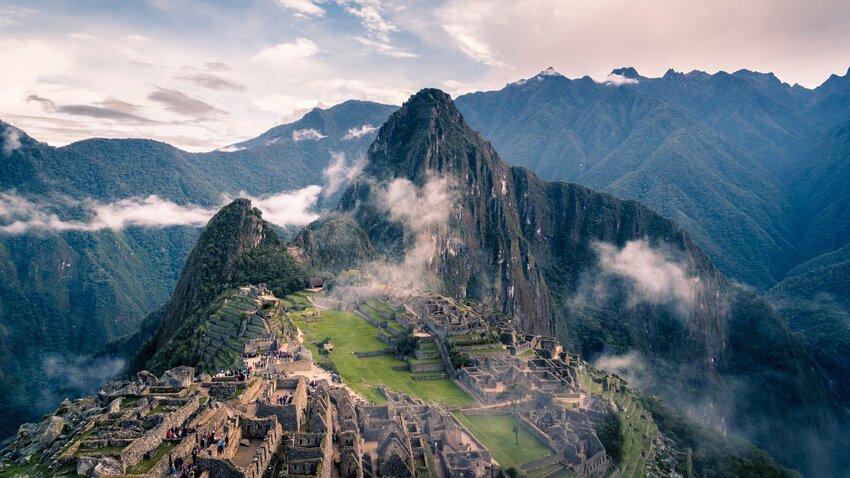In the second century BCE, a list was compiled of what was then thought to be the Seven Wonders of the World. Today, only one survives — the Pyramids of Giza in Egypt. Many variations have followed, but when the Swiss New 7 Wonders Foundation launched a new poll a couple of decades ago, over 100 million people across the globe voted for their favorites. You won’t be surprised to learn, therefore, that such popularity correlates pretty closely to visitor numbers. Scheduling a visit to avoid the heaviest crowds while chasing ideal weather takes careful planning, and a bit of luck. Here’s how to work out the best time to visit the New 7 Wonders of the World.
Machu Picchu, Peru
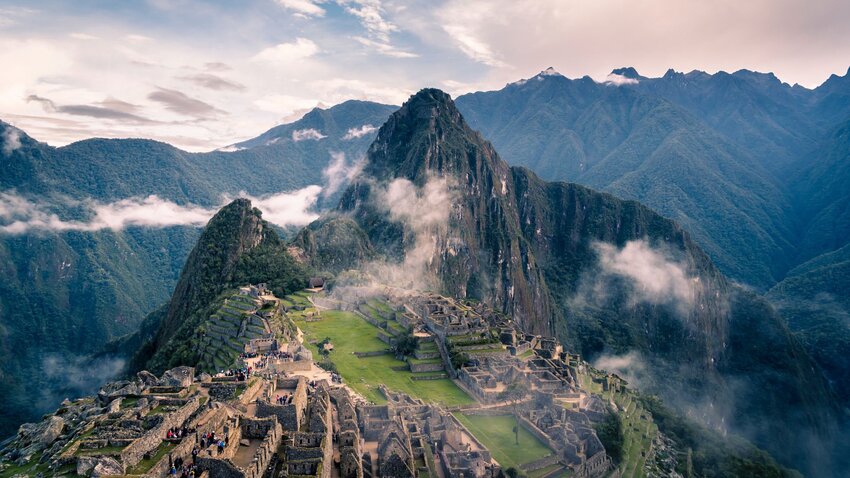
Surprisingly, the best time to visit Machu Picchu is during the southern hemisphere’s winter. Though it’s warmer in Peru between November and March, there’s also an increased chance of summer rainfall. For those travellers hoping to arrive on foot after walking the Inca Trail, it’s important to remember this closes for annual maintenance each February. Machu Picchu itself is still open for those arriving by train, but fog, mist and rain are a real possibility. If you dream of gazing at this mysterious Inca citadel under a blue sky, you’re better off timing your visit for May to August when statistically it’s far more likely to be dry. Days are mild and sunny but you’ll need to pack a coat for the evenings. Late June’s a great choice as it coincides with Inti Raymi, the Inca sun festival which takes place in nearby Cusco. So if you’re having trouble securing a ticket for Machu Picchu, ditch the parade and leave everyone else behind in the city.
Taj Mahal, India
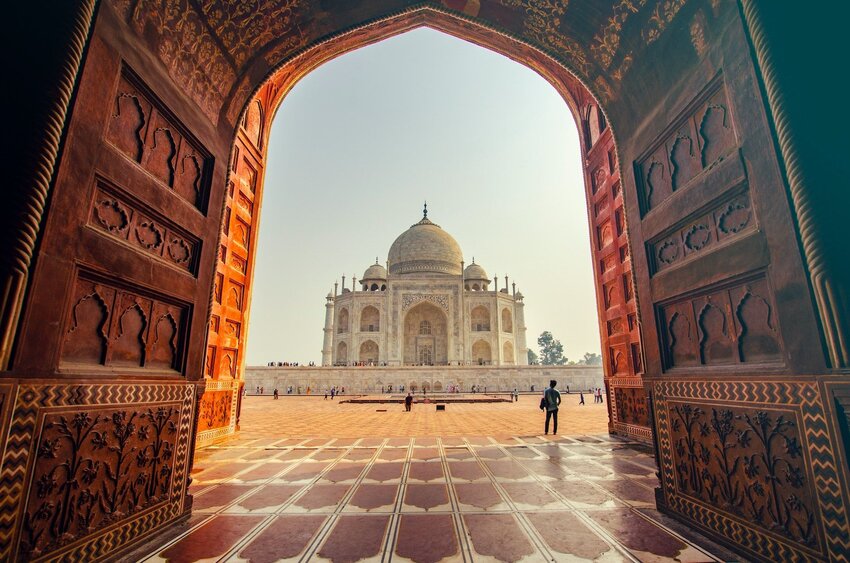
The weather’s also a factor if you’re keen to visit the Taj Mahal. Built in the 17th century on the orders of the Mughal emperor Shah Jahan in memory of his late wife, the white marble mausoleum is India’s most visited tourist attraction. The area is wettest during mid to late summer, especially in July and August when typically you’ll experience 15 rainy days a month. Humidity’s in the neighborhood of 80% and temperatures can reach 90°F or more during those months, which is uncomfortably hot for most sightseers. In contrast, the mercury rarely exceeds 72°F from November to February. However, fog and mist can obscure the palace, particularly early in the day. Hold off until March or April, and you’ll have the best of both worlds.
The Colosseum, Rome

There isn’t really a bad time of year to visit Rome, though the crowds of July and August can test your patience in the sweltering heat of a summer day. That’s especially the case if you’re out in the open as you would be at the Colosseum, the largest amphitheater built during the time of the Roman Empire. Arrange your visit instead for the shoulder seasons of spring or autumn, and you’ll still be able to take advantage of warm, dry weather. Easter in the Eternal City is hard to beat. You don’t have to be a Catholic to be awed by the sight of the tens of thousands of worshippers gathered in St. Peter’s Square to hear the Papal address, though you might use it as an excuse to tour the Colosseum while they’re otherwise occupied. But if you can stomach the queue, the Colosseum is free to enter on the first Sunday of every month, and on a few other predetermined days each year.
Christ the Redeemer, Brazil
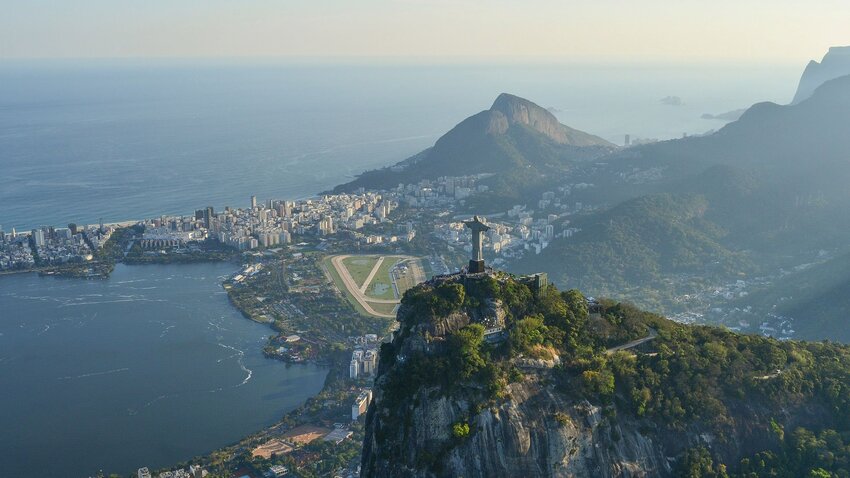
The southern hemisphere summer is party season in Rio de Janeiro: nowhere celebrates Carnival like the Cariocas, and they don’t hold back at New Year either. But if you visit from December to March, you’ll find it’s hot and sticky. As you hike uphill from the Jardim Botanico to the iconic statue, located at the summit of 2310ft hi’ Mount Corcovado, you’ll soon wish you’d organized your trip for a cooler day. Even if you plan to take the easy option and catch the (often packed) train, it’s bound to be a more pleasant experience in Rio’s winter, when the temperatures can generally be relied on to reach the more comfortable mid-70s. Minimize the chance of seeing this imposing statue cloaked in clouds by booking your trip between April and October, when the skies are usually clear – July’s statistically the driest month.
Petra, Jordan
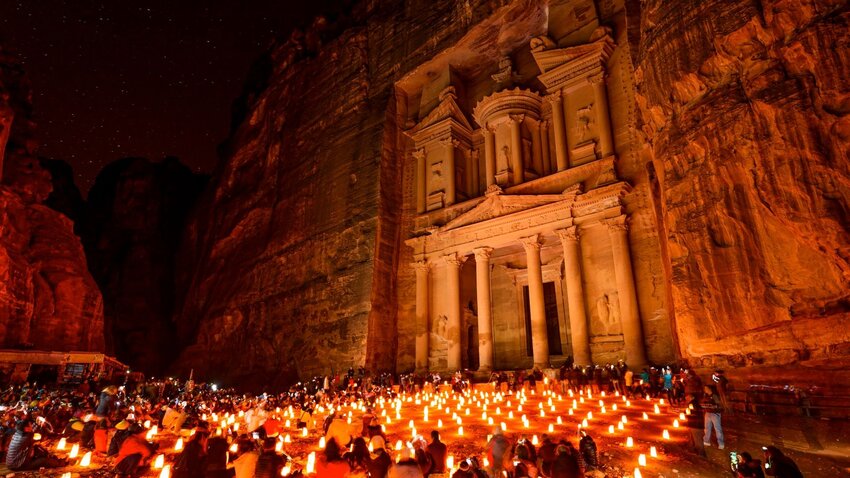
Weather-wise, the ideal time to visit Petra is during spring. Azure skies and colorful wildflowers come into bloom, setting off the red sandstone to perfection. Temperatures are a little chilly in March, averaging only 64°F during the day and often tumbling to the 40s overnight. By May, however, Petra’s usually warmed up to the high 70s during the day, and evenings are mild enough to enjoy Petra by candlelight after the sun goes down. But there’s a caveat: this is also when Petra’s at its busiest. If you can cope with temperatures well over 100°F – and that’s made a bit easier by the low humidity of this arid landscape – then you’ll have a bit more space. Oh and don’t be tempted to book a trip in mid-winter if you’re short on time. Occasional snowfalls can close Petra for several days. However, if you’re willing to take a chance, the soft winter light accentuates the carvings in the rock, enabling visitors to appreciate the intricate detail more easily.
Chichen Itza, Mexico
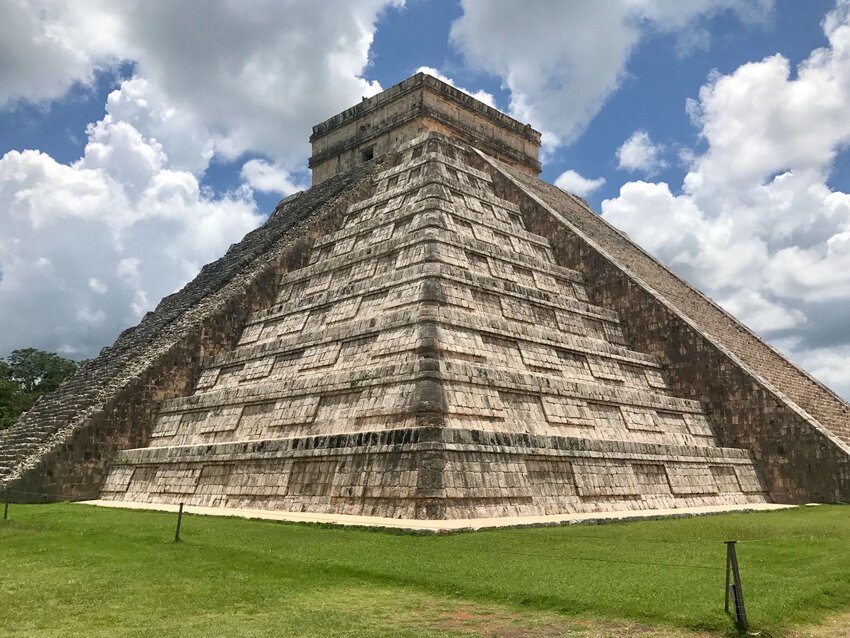
Chichen Itza, the UNESCO World Heritage Site handily located close to the beach resorts of Mexico’s Yucatan peninsula, is a year-round destination. Though it lies in the Atlantic hurricane belt, it’s statistically much less likely to be affected than the southern U.S., the Bahamas, and many Caribbean islands. If you’re being cautious, September is the month to avoid, and to a lesser extent late August and early October. Early birds should have few concerns about when to visit; even when rain is forecast, much of it falls as heavy downpours towards the end of the afternoon. That leaves plenty of time to tour this fascinating complex of Mayan ruins, including the famous Kukulkan Pyramid, before the clouds burst. But if you can travel instead to Mexico for the spring or autumn equinoxes, you’re in for a very special treat. The sun casts a line of triangular shadows in the late afternoon which gives the illusion of a snake slithering down the pyramid. If you miss it, the equinox serpent features in the nightly sound and light show.
Great Wall of China
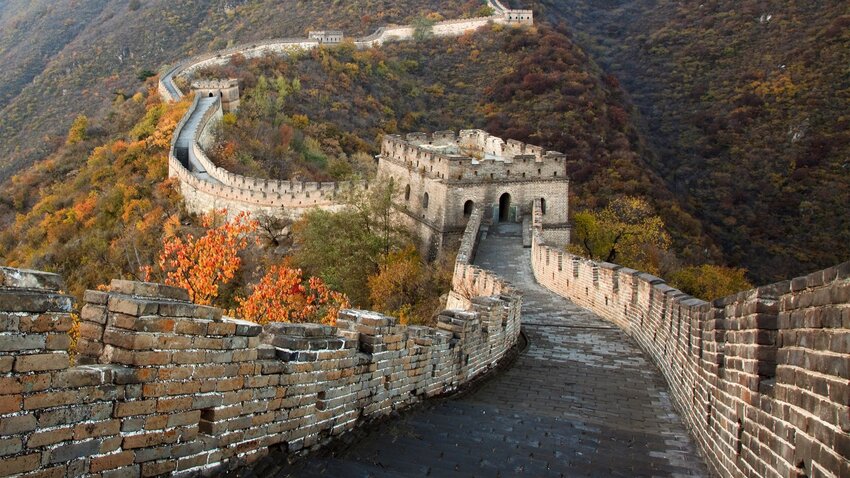
This one’s a little trickier. Summer is rainy season at the Great Wall of China, and although it’s warm, you’ll probably find yourself huddling under umbrellas and peering miserably out at sullen grey skies. This time of year, frequent thunderstorms and heavy downpours combine with crowds of overly-optimistic visitors, which can ruin the excursion. Winter’s cold and often snowy, though if you can handle the ice, your pictures will look amazing. Avoid Chinese New Year, which usually falls at the end of January or beginning of February, as it’s a popular time for domestic tourism. Spring brings a higher chance of dust storms which can cause problems for asthmatics – you’ll see many locals wearing masks. That leaves autumn as the perfect choice. Though the weather can be a bit unpredictable, the fall foliage of the forest forms a beautiful contrast to the grey stone of the wall.

